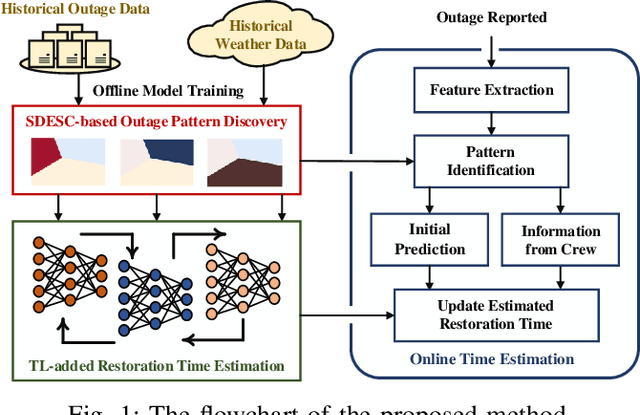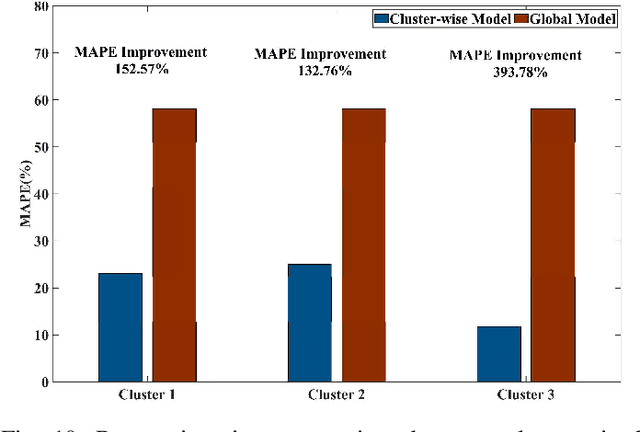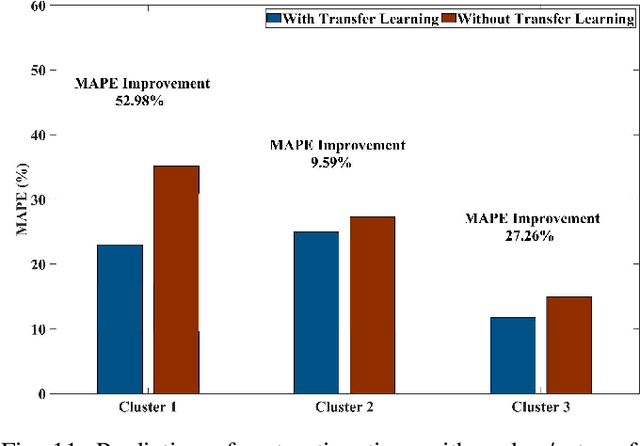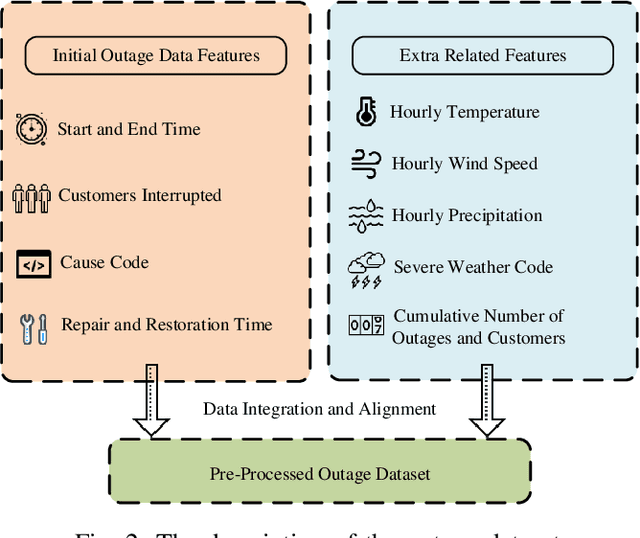Data-Driven Outage Restoration Time Prediction via Transfer Learning with Cluster Ensembles
Paper and Code
Dec 21, 2021



This paper develops a data-driven approach to accurately predict the restoration time of outages under different scales and factors. To achieve the goal, the proposed method consists of three stages. First, given the unprecedented amount of data collected by utilities, a sparse dictionary-based ensemble spectral clustering (SDESC) method is proposed to decompose historical outage datasets, which enjoys good computational efficiency and scalability. Specifically, each outage sample is represented by a linear combination of a small number of selected dictionary samples using a density-based method. Then, the dictionary-based representation is utilized to perform the spectral analysis to group the data samples with similar features into the same subsets. In the second stage, a knowledge-transfer-added restoration time prediction model is trained for each subset by combining weather information and outage-related features. The transfer learning technology is introduced with the aim of dealing with the underestimation problem caused by data imbalance in different subsets, thus improving the model performance. Furthermore, to connect unseen outages with the learned outage subsets, a t-distributed stochastic neighbor embedding-based strategy is applied. The proposed method fully builds on and is also tested on a large real-world outage dataset from a utility provider with a time span of six consecutive years. The numerical results validate that our method has high prediction accuracy while showing good stability against real-world data limitations.
 Add to Chrome
Add to Chrome Add to Firefox
Add to Firefox Add to Edge
Add to Edge